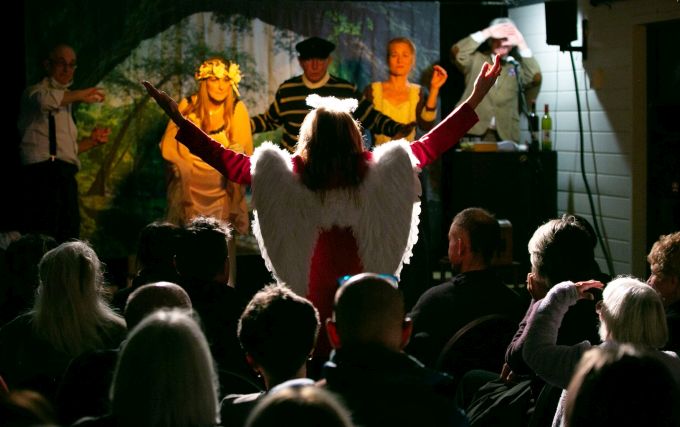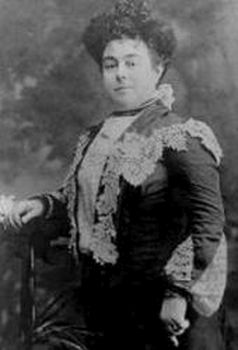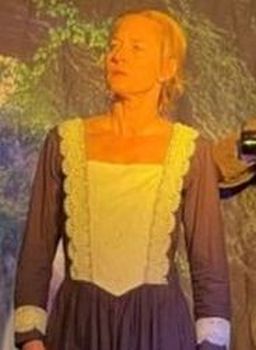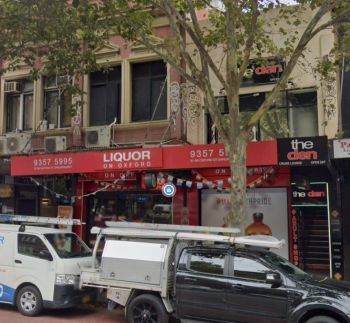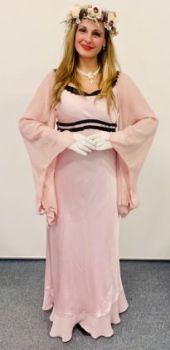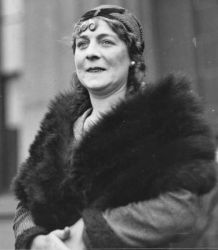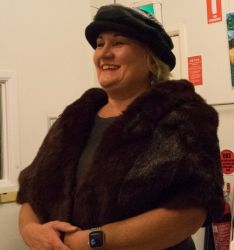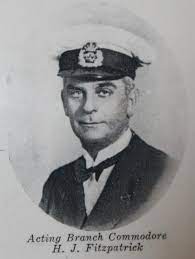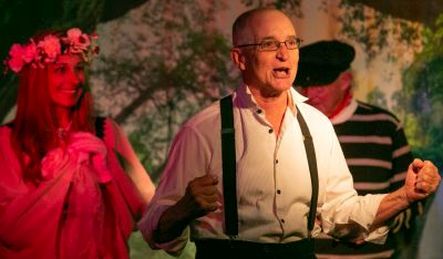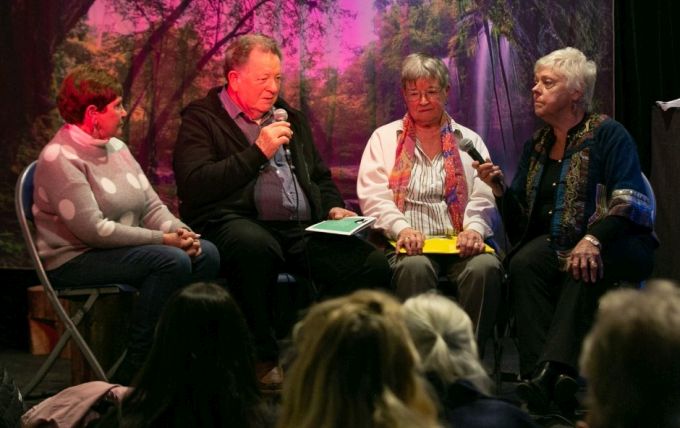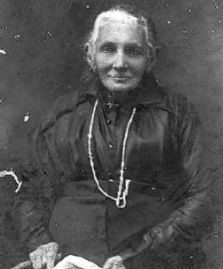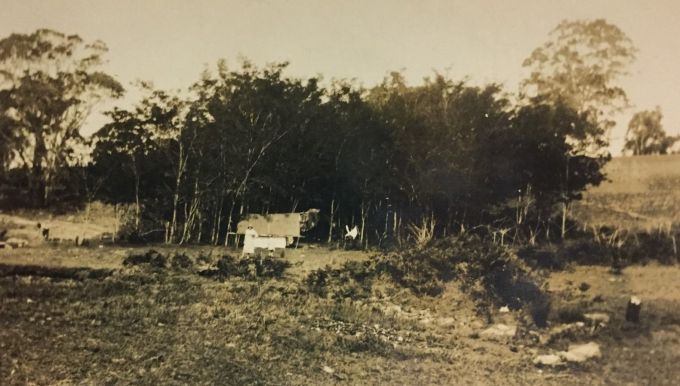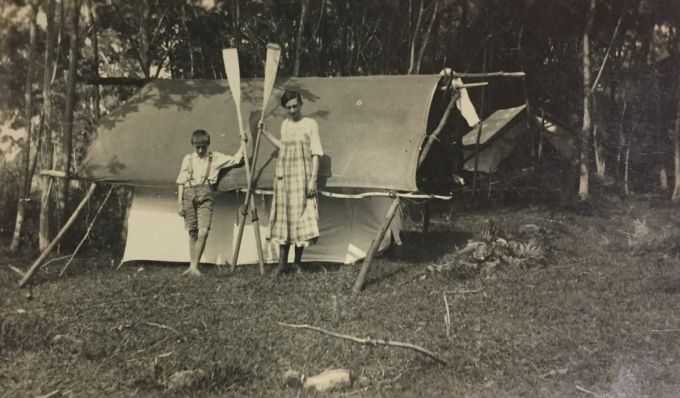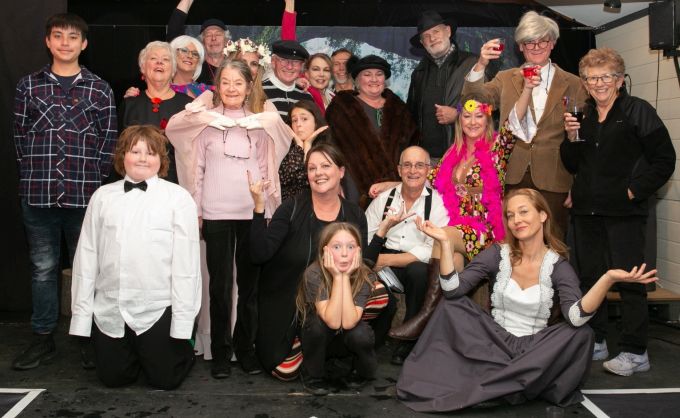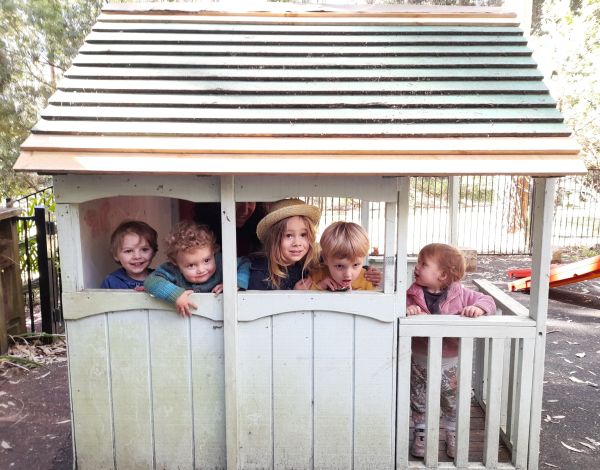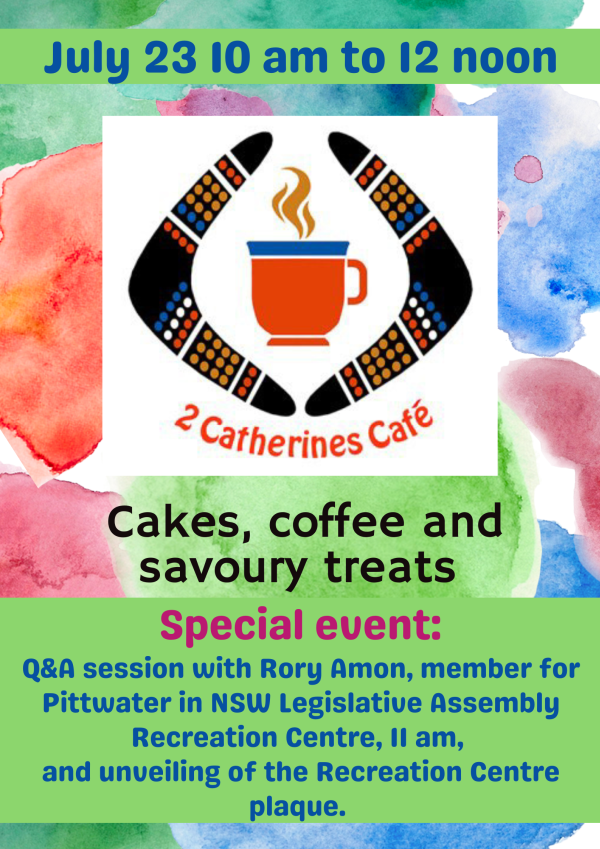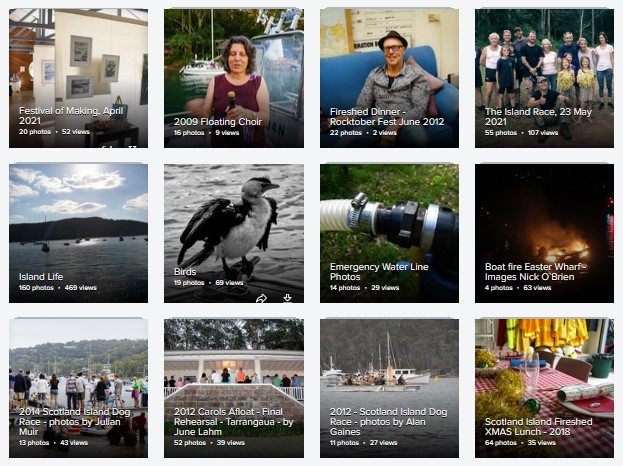| Having trouble reading this newsletter? Visit https://ymlp.com/archive_gesgjgm.php | |||||||||||||||||||||||||||||||||||||||
 |
|||||||||||||||||||||||||||||||||||||||
July 1, 2023 |
|||||||||||||||||||||||||||||||||||||||
|
Newsletter for the
Offshore Residents of Pittwater, Australia - Volume 24,
Issue 1196
We acknowledge and pay our
respects to the Traditional Custodians of
Pittwater, as well as our Indigenous readers
|
|||||||||||||||||||||||||||||||||||||||
Contents:
The Two CatherinesThe truth behind the playRoy Baker
The latest island play closed on Saturday to much acclaim. But you haven’t heard the last of The Two Catherines, because I think the time has come to spill the beans and reveal the truth about its creation. In a media interview the playwright, Jasper Marlow, commented that ‘some of the characters were written with certain people in mind and they have, serendipitously, ended up playing those roles’. Who did you have had in mind when you wrote the tediously pedantic historian, Jasper? Whoever it was, he can’t have been available, because I landed the role instead.
The point, I suppose, is that all of the characters in the play were based (rather loosely, admittedly) on actual people. Except for the Wifeswappers, perhaps. I’m less sure of my ground there. But the rest were all real people who once lived. They once lived, but not necessarily at the same time. During the production of the play I was often asked when it was set. It was a difficult question to answer, because each of the characters inhabits a different time. That’s the other point of the play. The way I understand it is that it depicts a gathering of ghosts, each pre-occupied with problems that haunted them at some point in their lives. That theory works, at least most of the time. It’s a play full of anachronisms, so let’s approach it chronologically. We start with a man called Ambrol Josef Diercknecht, the character played by Ian White. A master mariner born in Brussels in about 1816, Diercknecht was better known to Pittwater locals as Joe Benns. He leased Scotland Island in 1855. And, yes, he is indeed credited with rebuilding Andrew Thompson’s house with the assistance of an old bullock. Later, Joe successfully challenged his landlord’s title over the island and became its owner.
Joe brought Catherine to live on the island and, perhaps coincidentally, Catherine became known as its ‘Queen’. In 1920, the year of Catherine’s death, the Royal Australian Historical Society described Catherine as possessing fine jewellery, made from coral and gold. It also refers to a belief that Catherine ‘buried the greater part of her treasures on the island’. And thus the scene is set for Jasper’s farce. The play is accurate in that Catherine did indeed act as midwife for many Pittwater families. But perhaps Jasper’s most notable contrivance is his portrayal of Joe as inconsolable in the aftermath of Catherine’s death. In truth, Joe died in 1900, predeceasing Catherine by 20 years. In 1903 Catherine moved from the island to Bayview, although it seems that she continued to regularly row herself across to the island well into her 60s. Our attention now turns to the other Catherine. Born Catherine Gattenhof, Catherine Bouffier (played by Sophie Lepowic), was from German stock. But, as pointed out by our punctilious Historian, Catherine herself was born in Australia. On 11 June 1857, to be precise.
On the other hand, Catherine had a lot of difficulties to overcome, including misogyny, not to mention the untimely loss of her husband, as well as that of three of her six children. One child who survived Catherine was Florence. Born in 1891, Florence (played by Lisa Day) met Herbert Fitzpatrick (Larry Woods) in 1922. At the time Fitzpatrick, a land developer, had his eye on Scotland Island. Attempts had been made in 1906, and again in 1911, to subdivide Scotland Island, but they had been largely unsuccessful, with just a handful of waterfront blocks selling. Fitzpatrick bought the island at around the time he married Florence and the couple honeymooned in a house on what is now Florence Terrace. The play portrays Herbert as something of a buffoon. In reality he was far more shrewd, realising that the island would be sold off more successfully if packaged into smaller blocks. Put simply, Herbert took the unsold waterfront blocks and divided each into three, thus increasing the number of blocks on the island from 121 to more like 350.
We should also say a word about Tilly Devine (Betsi Beem). In keeping with the play’s anachronistic nature, Devine wasn’t even born until five months after Joe Benns’ death, and so would have been hard-pressed to help him find his wife’s treasure. That said, Devine did indeed have a house on Scotland Island (close to Catherine Park). I am assured by its current owner that he really has found numerous drunken gin bottles in the yard. In summary, our fastidious historian must remonstrate with Jasper at his sloppy historical research. But what a fun way to stoke an island’s curiosity about its past. Thanks, Jasper, for writing this play for our community. You did us proud.
Meeting Catherine Benns' Descendants
Those who attended the matinee performance of the play had an additional treat, a Q&A session with three descendants of Catherine Benns, the woman who lived on Scotland Island from around 1855 until 1903. Following the performance one of those descendants, Jann Hawkins, kindly sent Robyn Iredale some photos of Scotland Island, taken by Jann's grandfather. The photos date from 1922, close to the time when the island was acquired by Herbert Fitzpatrick. With Jann's permission I reproduce the photos below. Two were taken at a camp believed to be in what is now Catherine Park, and include descendants of 'Granny Benns', as Jann calls her. Also included is a postcard, written by Catherine herself. There is evidence to suggest that, earlier in life, Catherine (1838 - 1920) was illiterate. But this postcard, probably written around 1900, implies that she later learned to write. Roy Baker
Reflections on the Play Robyn Iredale
Never did I think that at 78 I would be following in the footsteps of my friends, Bob Bolton and Kerry Borthwick, and producing a play on Scotland Island. The idea for the play sprang from the café and the desire to tell more about some of the characters in the history of this island. The focus on two women, the two Catherines, was deliberate and a way of righting history’s traditional focus on men - such as Andrew Thompson and Herbert Fitzpatrick. The biggest challenge was to find an appropriate playwright and commission a script. In this I was guided by Greg Waters, Carol Floyd and Roy Baker. We then conducted two workshops on our Indigenous and non-Indigenous history. It then became a team effort to turn the first ‘treatment’ into a viable play. It was a very interactive process, especially between the playwright (Jasper Marlow, son of Chris Hampshire) and Greg Waters. Once the script was ready, in June 2022, the call for cast and crew began. This netted a number of people, most notably Sophie Lepowic who had just moved to Elvina Bay. Sophie brought a long history of involvement in theatre and an enthusiasm that was infectious. She became the Director and also played Catherine Bouffier. Other cast were then sought until we filled all the roles. A few arms had to be twisted and new players found, as some of the older players on the island felt they were not able to participate. I did not know that rehearsals could be such fun. The combination of personalities was exciting as Sophie worked to get the outcome she was looking for. Throughout this process Gilly Unwin kept everyone fed and watered and Kay Reaney filled in many of the missing pieces. So much work goes on behind the scenes and this was a true community effort. Lighting, music, sound, stage and set, costumes, ticket sales, promotion and advertising, front of house, catering and bar all drew on different people. To everyone who participated I wish to say a big thank you! You were a wonderful team and you made the process very enjoyable. To those who attended the performances, thank you for helping us break even on the play. Now the challenge will be to keep the momentum going and start looking for the next play. I hope that some new and different people will be tempted to join in next time. International Folk DancingScotland Island Community HallSaturday 1 July, 7 - 9 pmSaturday 29 July, 7 - 9 pm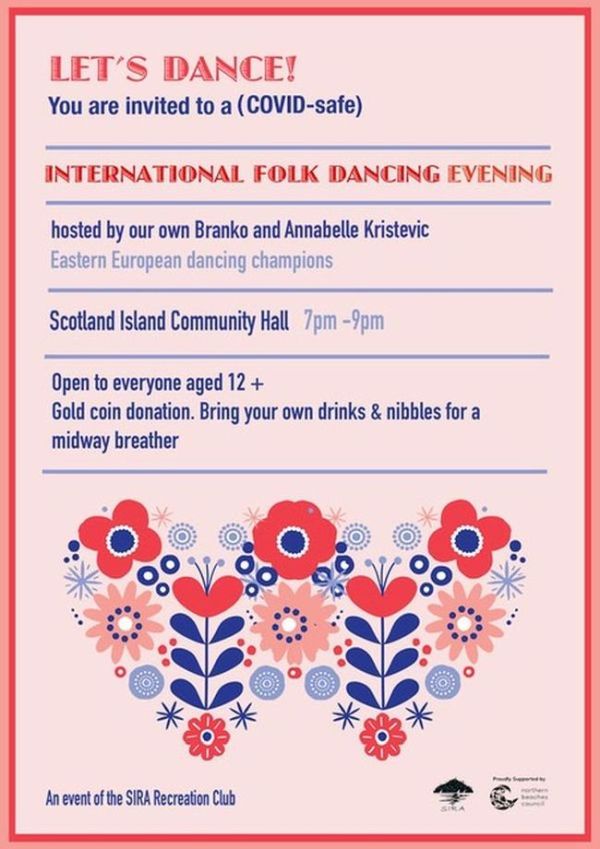 The Recreation
Club asks for $5 per person per attendance to
defray expenses.
Scotland Island Fire Brigade AGMScotland Island Fire StationSunday 2 July, 10 am - 12 noon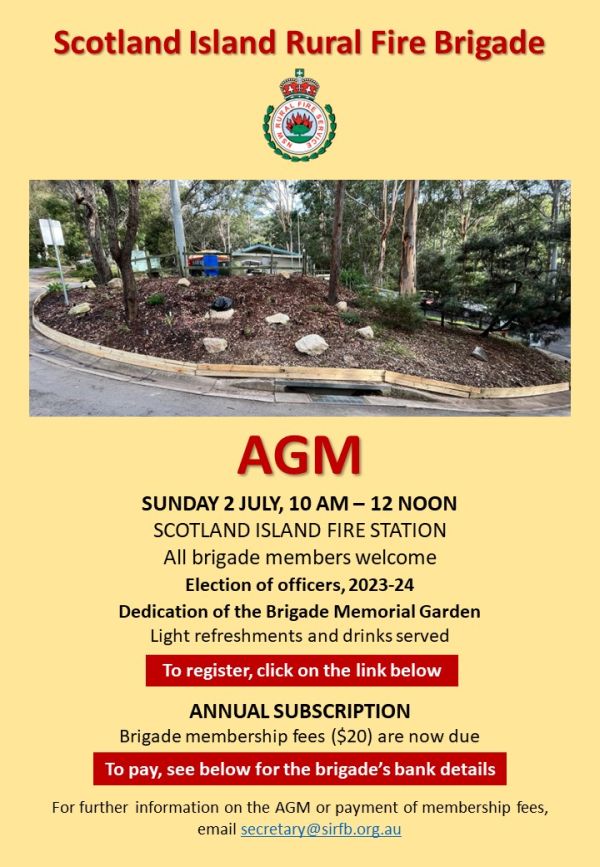 To register for
attendance at the AGM, click here.
Please pay your
annual subscription ($20) ASAP to the following
account:
Account name:
Scotland Island Rural Fire Brigade
BSB: 082 294 Account: 509351401 Island PlaygroupCatherine Park, Scotland IslandTuesdays, 9 - 11.30 am
Parents, grandparents
and their children, from babies to four, are meeting
in the park and playgrounds on Tuesdays from 9 till
11.30am, weather permitting. If there were a few
more of us, it would be worth hiring the hall
through winter and organising some inside activities
too. Anyone else interested? Have a chat with me on
0406 806 648.
Jenny Cullen
Adult Art WorkshopScotland Island Recreation CentreTuesday 4 July, 6 - 9 pm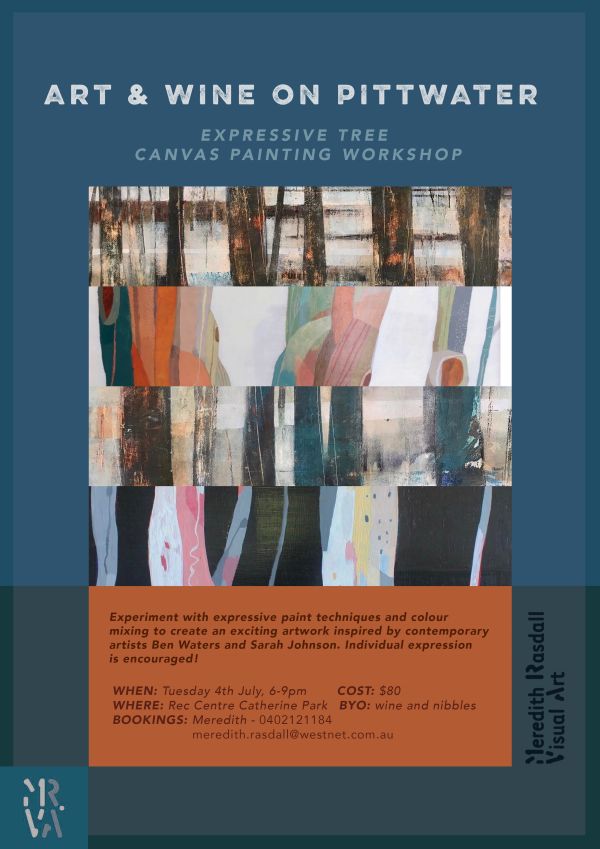 Children's Art WorkshopScotland Island Recreation CentreWednesday 5 July, 10 am - 12 noon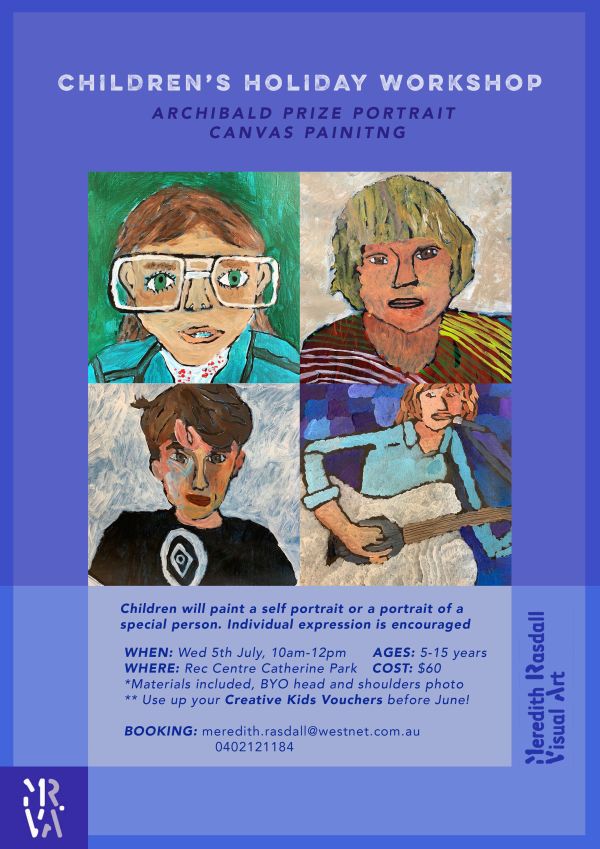 Scotland
Island Fire Brigade: Monthly Training
|
|||||||||||||||||||||||||||||||||||||||
Follow the PON: |
 |
 |
 |
Scotland Island Community Calendar
For further information on island events, click here
The Online Local Contacts Guide
Click here to load
SIRA Photo Archive


